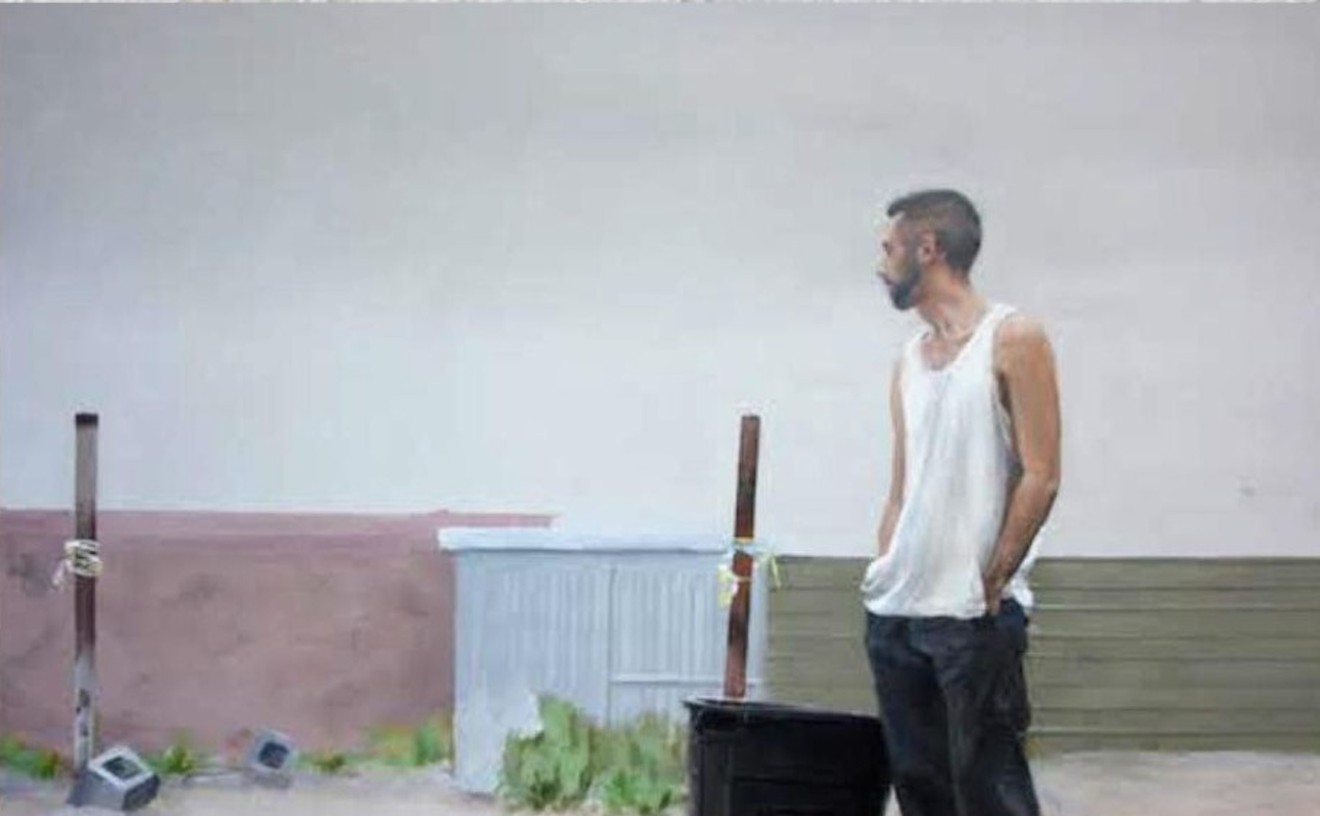What Donner might as well have been saying was that he had decided to clean up the mess that Sam Peckinpah had made of American films back in 1969 with The Wild Bunch. Peckinpah's Western masterpiece, along with Arthur Penn's Bonnie and Clyde of two years earlier, revolutionized the presentation of violence in movies. Not only were we shown a lot of blood, we were shown it in slow motion.
These innovations were psychologically connected to Vietnam. Penn's and Peckinpah's perhaps naive idea was that part of the reason for the country's willingness to enter into the war was that movies and television had failed to graphically depict what bullets really do to human flesh. In returning the mess to movie killings, Peckinpah didn't stop the war or prevent another. Audiences quickly adjusted to the splattering gore, and then began to like it, and a whole new genre was born. And even for those of us who hated splatter for its own sake, Peckinpah forever upped the ante on how graphic movie violence could be. Nor did Donner's attempt at shoot-out neoclassicism take hold. When Lethal Weapon 2, which he also directed, came out in the late '80s, it contained mayhem with a nail gun and a decapitation by surfboard. Today, filmmakers like Quentin Tarantino and John Woo serve up satirical blood baths that make us giggle.
The influence on contemporary cinema of The Wild Bunch, which shows for one week only, starting Friday, at Harkins Cine Capri, would be hard to overstate. But such accolades may obscure that it is, in itself, a superbly enjoyable movie. Set in 1913, the movie concerns a band of aging outlaws, employed by a two-bit, anti-Villa Mexican general, trying for one last haul before they retire.
The screenplay, by Peckinpah and Walon Green, turns an archetypical Western plot into an exploration of the loyalties that bind even the worst of men (I use the gender term on purpose; here, as elsewhere, Peckinpah's vision is paranoiacally misogynistic). This new release of The Wild Bunch is yet another of those director's cuts that make such irresistible bait for us movie nerds. I saw only a couple of very brief scenes--flashbacks showing the relationship between the gang's leader (William Holden) and a former member (Robert Ryan) now pursuing them; a quick battle scene involving the general--that I didn't remember in the original. None of this material either hurts or greatly enhances the picture.
The Wild Bunch doesn't need enhancing, and the excuse of a new cut isn't required to justify seeing the film again, especially if you've never seen Lucien Ballard's heartbreaking images projected onto a majestic screen like Cine Capri's. Few films have as much pure, spellbinding cinematic artistry in their entire length as this one has in its title sequence. And in spite of its savagery, it isn't nihilistic or depressing--it's exhilarating. It's set in a world of greedy hypocrites and gibbering sociopaths, where ubiquitous children smile at the atrocities they witness and learn from them. Holden's gang is composed of vicious killers--the most likable of them, Ernest Borgnine, uses a woman as a shield at one point--yet they're the best people we're shown in the film, because they have some minimal sense of human responsibility toward each other, if toward no one else. Even at the end, when they return to the general's camp and an almost certain showdown, they say it's to elude Ryan and his party. But it's really a hopeless attempt to rescue the general's prisoner, a Mexican partisan (Jaime Sanchez) who rode with them to get guns to arm his people against the general. To the hardened eyes of today's moviegoers, the violence in The Wild Bunch is unlikely to shock, but it was never intended merely for shock effect. It is, and always was, a crucial part of the film's flinty, clear-eyed American optimism. In spite of Peckinpah's ugly machismo, his vision is moving--he sees humanity as wild and murderous, yet he acknowledges our potential to see ourselves as a "bunch," and to stick with each other through the better and the bloody worse.










